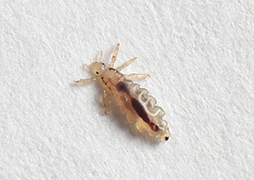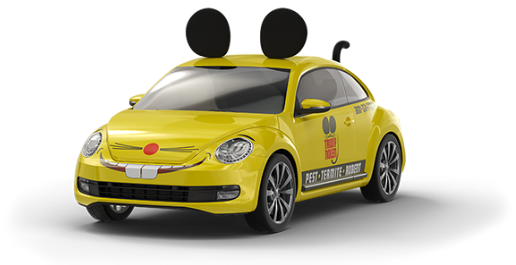
Lice Infestations
Head lice are most common among pre-school children attending child care, elementary school children and the household members of infested children.
The diagnosis of a head lice infestation is best made by finding a live nymph or adult louse on the scalp or hair of a person. Because nymphs and adult lice are very small, move quickly, and avoid light, they can be difficult to find. Using a magnifying lens and a fine-toothed comb may be helpful to find live lice. If crawling lice are not seen, finding nits (eggs) firmly attached within a ¼ inch of base of the hair shafts strongly suggests, but does not confirm, that a person is infested and should be treated. Nits that are attached more than ¼ inch from the base of the hair shaft are almost always dead or already hatched. Nits are often confused with other things found in the hair such as dandruff, hair spray droplets, and dirt particles. If no live nymphs or adult lice are seen, and the only nits found are more than ¼-inch from the scalp, the infestation is probably old, no longer active and does not need to be treated.
If you are not sure if a person has head lice, the diagnosis should be made by their health care provider, local health department, or other person trained to identify live head lice.
- Bites and Treatment
- Infestation
- How to Get Rid of Them
4 Seasons Pest Control

Satisfaction Guarantee
What it includes*
-
Ants
-
Crickets
-
Fleas
-
Mice
-
All Roaches
-
Scorpions
-
Spiders
-
Ticks
-
Wasps
-
Other*
